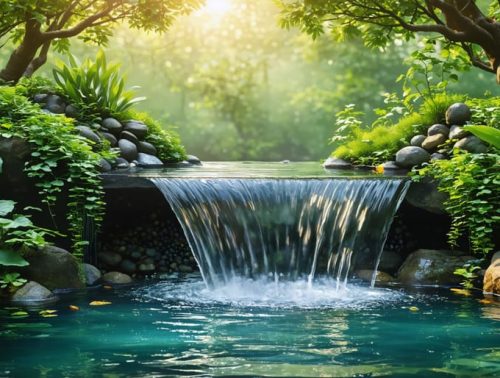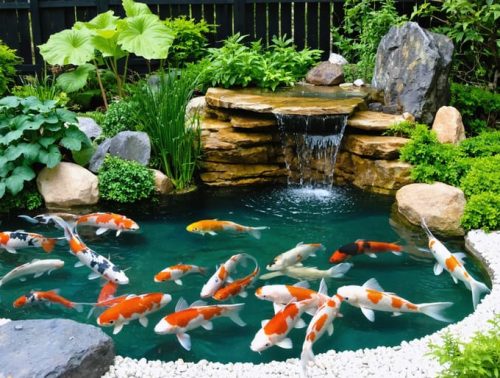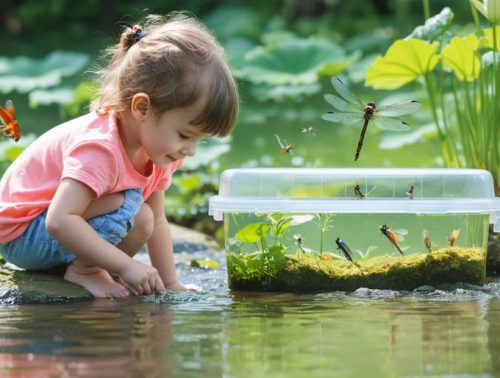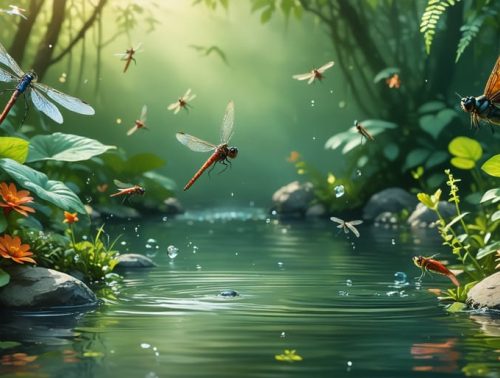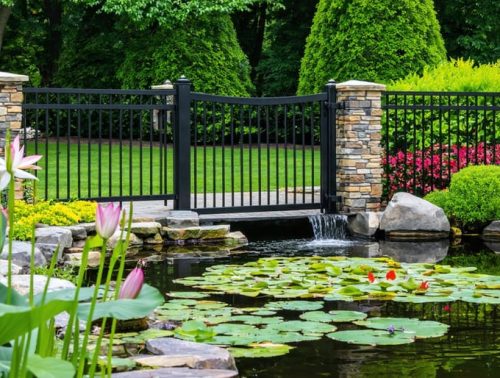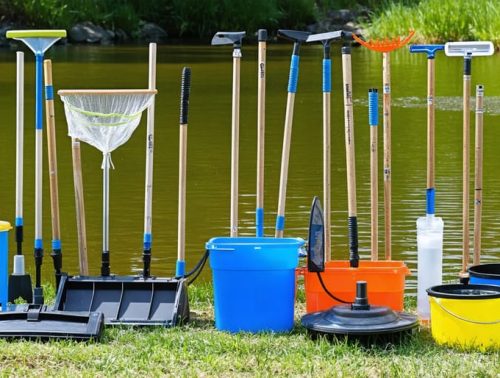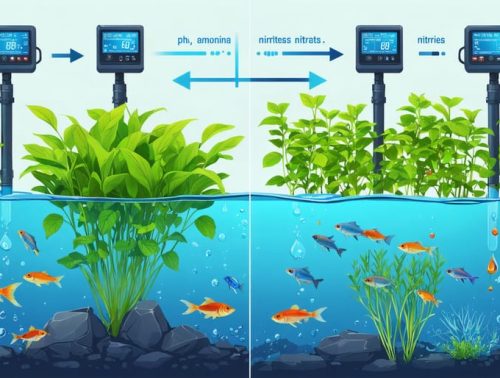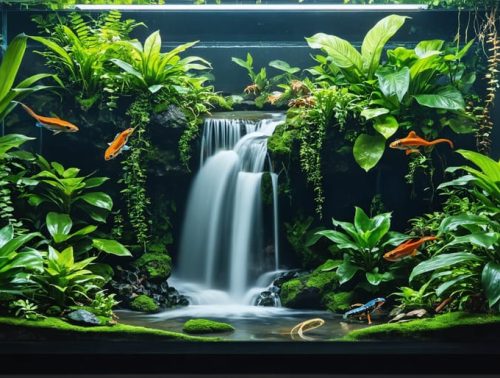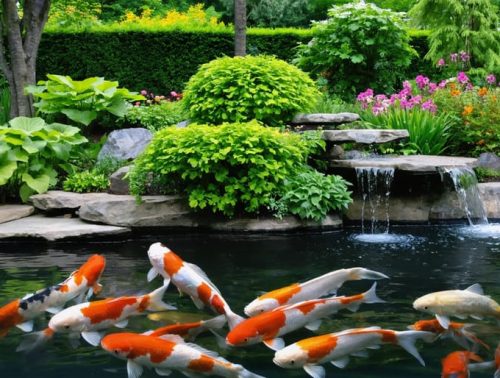Small Pond Filtration Made Simple: Budget-Friendly DIY Solutions That Actually Work
Transform your small pond into a crystal-clear oasis with proper filtration – the cornerstone of a healthy water feature. Effective pond filtration goes beyond simply cleaning the water; it creates a thriving ecosystem where fish, plants, and beneficial bacteria work in perfect harmony. Whether you’re setting up a new garden pond or upgrading an existing system, understanding the basics of small pond filtration will save you countless hours of maintenance and prevent common water quality issues.
A well-designed filtration system combines mechanical and biological processes to remove debris, break down harmful compounds, …

